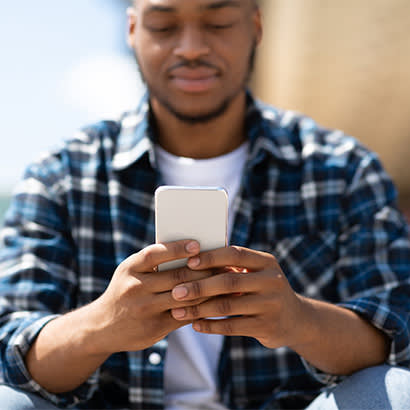
For an enhanced digital experience, read this story in the ezine.
The coronavirus (COVID-19) pandemic fundamentally changed the way U.S. residents were able to engage with public lands. From iconic national parks to local urban green spaces, physical distancing requirements meant that many public lands would not be able to host in-person outreach and community engagement events. This had a significant impact on nationally recognized events like National Public Lands Day (NPLD) — one of the nation’s largest single-day volunteer efforts.
In response to physical distancing requirements, the National Environmental Education Foundation (NEEF) launched the NPLD virtual event sponsorship. The sponsorship was designed to support innovative virtual events that connect the public to local parks, national forests and other public lands and waters during the annual NPLD celebration. These events served as a great alternative for park professionals who were uncomfortable with in-person events; or who were not allowed to host in-person events due to physical distancing requirements in their area.
What Is Virtual Volunteering?
Virtual volunteering refers to volunteer activities completed, in whole or in part, using the internet and a computer or other internet-connected device, such as a smartphone or tablet. It allows anyone with internet access to contribute time and expertise to nonprofit organizations, land management agencies and other entities that utilize volunteer services.
Park professionals and land managers from across the country a re beginning to turn to virtual volunteer activities to connect diverse audiences to their public land sites. This type of volunteering has helped land management agencies cultivate community support — especially in times of great disruption, such as COVID-19.
Connecting to Diverse Communities
While NEEF originally launched this sponsorship opportunity to support safe and physically distant activities on NLPD, we learned that virtual volunteer events also provide an ideal opportunity to engage diverse audiences. The nature of virtual volunteer events offers a low-barrier way to engage people from communities of color, members of the LGBTQ+ community and other groups that are often underrepresented on public lands. Following are real-world examples of two innovative virtual NPLD events that specifically impacted diverse communities:
Bringing the Outdoors to Black, Indigenous and People of Color (BIPOC) Communities – Latino Outdoors (Fresno Region) hosted a virtual tour of the Mono Basin National Forest Scenic Area (Mono Basin) located in Lee Vining, California, to celebrate NPLD 2020. The event highlighted the unique landscape and prominent features of the area. While the Mono Basin historically attracts upwards of 200,000 visitors a year, social and economic disparities have long limited the accessibility for BIPOC communities. While in normal years it is difficult, even impossible, for many BIPOC folks to visit a remote and beautiful destination, such as the Mono Basin, COVID-19 has further limited travel and economic resources, giving even more reason to highlight the lack of access to public lands. While this event was open to all people, Latino Outdoors’ outreach efforts were directed at members of the Latino community and members of other communities underrepresented in the outdoor recreation space. Latino Outdoors partnered with staff from the Mono Lake Committee and other local experts from the region to provide accurate and informative ecological information about the area. The overall goal of this event was to “bring the outdoors” to BIPOC communities and provide opportunities for meaningful community engagement and environmental education.
Virtual Group Cycling With Diverse Leaders – In celebration of NPLD, the Adventure Cycling Association (ACA) hosted a series of virtual bike rides that brought together people from different corners of the United States for “group rides” through iconic public land sites. In total, nearly 20 “group rides” occured across the country on NPLD. To help reach a larger and more diverse audience, ACA chose to have each group ride led by people from underrepresented communities — Black, Indigenous, Latino, LGBTQ+ or people with disabilities. Each event leader was asked to engage at least three people from their community to join the group ride. ACA provided small stipends to each group leader to be used in any way that helped them organize their event. The purpose of this series of events was to highlight bicycle travel experiences of people from underrepresented communities and give them an opportunity to enjoy the adventure and camaraderie of a bicycle journey in an environment that is welcoming, and with a ride leader who they can identify with.
Extending the Reach of Public Lands With Virtual Volunteering
The rise of virtual volunteering has opened new pathways for all segments of the U.S. population to engage with public lands and waters without leaving home. While in-person volunteering always will be in high demand, the increased use of technology has made virtual volunteering an emerging trend. Many people who search for virtual volunteer opportunities are looking for volunteer opportunities that they can complete at home or work. This may be due to time constraints, personal preference, disability or because they do not feel comfortable volunteering in person. By their very nature, virtual events can help eliminate these barriers to participation and help land management agencies reach new people.
Tony Richardson is Director of Public Lands Engagement for the National Environmental Education Foundation.

